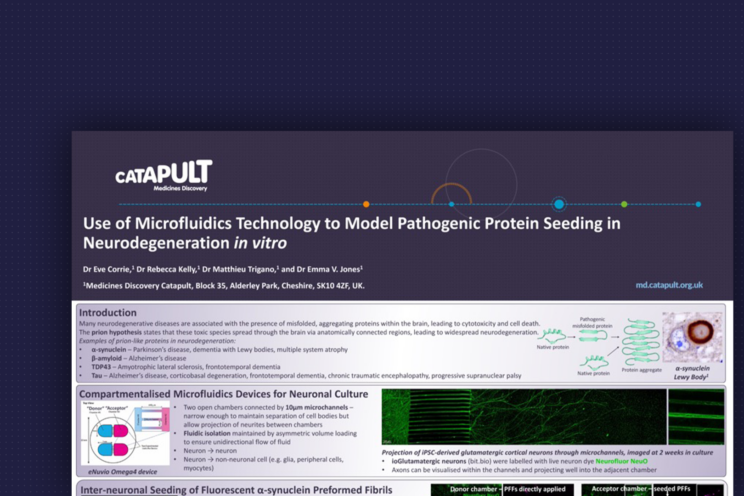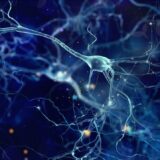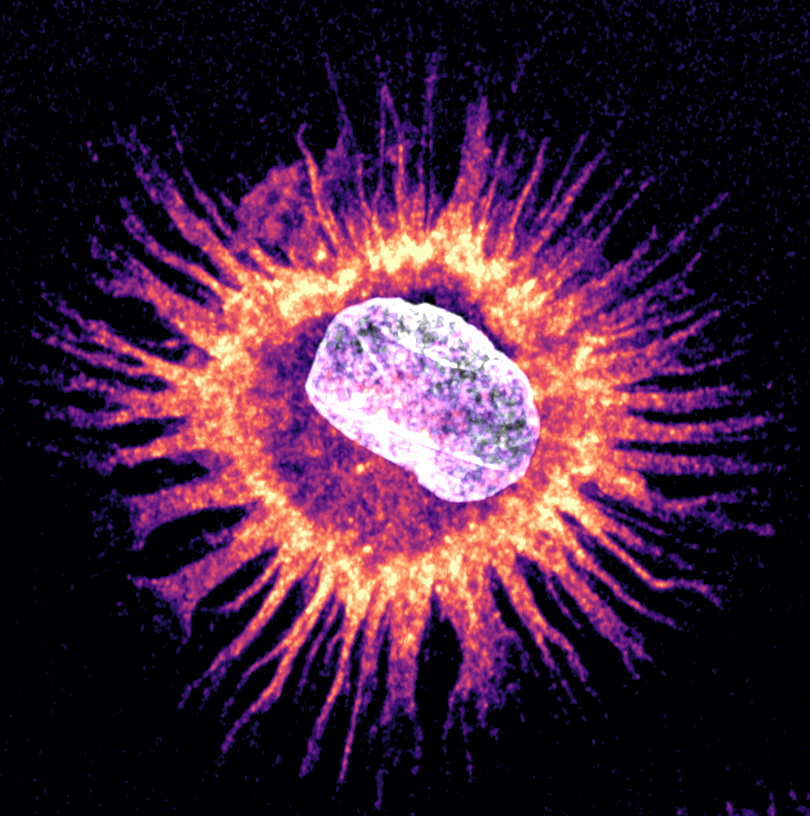Microfluidics Technology to Model Pathogenic Protein Seeding in Neurodegeneration in vitro
Many neurodegenerative diseases are associated with the presence of misfolded, aggregating proteins within the brain, leading to cytotoxicity and cell death.
The prion hypothesis states that these toxic species spread through the brain via anatomically connected regions, leading to widespread neurodegeneration.
Examples of prion-like proteins in neurodegeneration:
α-synuclein – Parkinson’s disease, dementia with Lewy bodies, multiple system atrophy
β-amyloid – Alzheimer’s disease
TDP43 – Amyotrophic lateral sclerosis, frontotemporal dementia
Tau – Alzheimer’s disease, corticobasal degeneration, frontotemporal dementia, chronic traumatic encephalopathy, progressive supranuclear palsy
Read the Microfluidics Technology to Model Pathogenic Protein Seeding in Neurodegeneration in vitro publication here:




